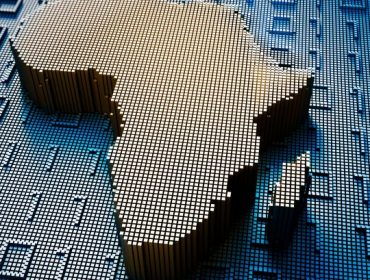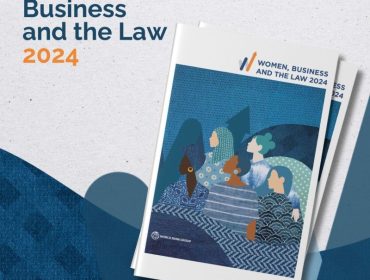
International Funding for Financial Inclusion
January 15th, 2018 – Conducted annually since 2008 and in partnership with MIX since 2012, the CGAP Funders Survey is the most comprehensive source of analysis on primary sources of international funding for microfinance and financial inclusion. This year’s Survey reports data from 23 funders and outlines financial instruments used, purpose of funding, type of funding (e.g. public, private), geographic allocation and more.
The 2017 edition of CGAP’s annual Cross-Border Funder Survey reports funding commitments from the 23 largest international funders of financial inclusion, representing 80 percent of the full set of over 54 international funders and 73 percent of the global estimated funding commitments for financial inclusion in 2016.
The survey results show that Sub-Saharan Africa drives growth in funding—commitments to this region increased by 30 percent in 2016, reaching US$3.5 billion through 611 active projects. While public funders continue to drive growth in SSA, foundations have grown the fastest over the past three years in terms of number of projects, resulting in 25 percent of all projects committed to by foundations in 2016.
International funders are increasingly targeting capacity building for financial services providers (FSPs) and financial inclusion policy and regulation. Every funder in the survey supports the development of digital financial services. Funding of loan portfolios continues to represent three-quarters of the overall funding volume in 2016, but it is no longer exclusive to FSPs and intermediaries. Mobile money operators and other digital services providers are also a focus for financial and technical assistance at the retail level. Capacity building of providers represents 7 percent of the overall funding volume. In addition, payments infrastructure has grown to be an important focus for funders and represents one-third of overall funding for financial sector infrastructure (2 percent of overall funding). Capacity building for end-clients (individuals, households, and enterprises), policy, and regulation for financial inclusion collectively account for 5 percent of overall funding.
Strategy adaptation continues to be the major challenge for funders, especially because financial inclusion is perceived to be an enabler within the Sustainable Development Goals, and not a standalone objective. In 2016, funding flows for financial inclusion grew—one-third of commitments were made as part of broader financial-sector development projects (20 percent) and other development projects (e.g., water and sanitation, environmental protection, energy efficiency, etc.) (11 percent). Apart from supporting micro and small enterprises (1,240 projects), funders place significant focus on improving access to finance for rural and agricultural finance (647 projects), women’s economic empowerment (223 projects), and digital finance (181 projects).
Written by CGAP
http://www.cgap.org/publications/international-funding-financial-inclusion
Related Post
Digital Entrepreneurship in Africa
Africa’s progress in entrepreneurship, digital innovation, and its young population lays a solid foundation for achieving the United N...
Women, Business and the Law 2024:...
Women, Business and the Law 2024 This year’s report, the 10th in the series, finds that women worldwide continue to have fewer legal r...
European Commission launched AI innovation package...
On 24 January, the Commission has launched a package of measures to support European startups and SMEs in the development of trustworthy Art...




